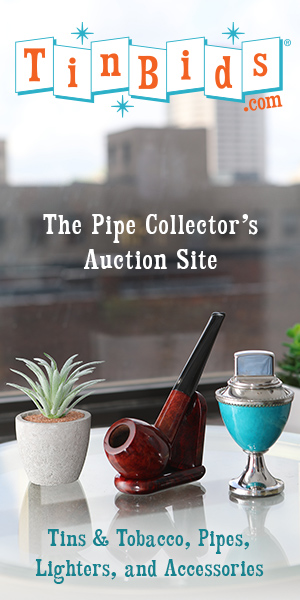I can shed a little, but not an immense amount, of light on the “tobacconist” you mention.
First off let me say I agree with your identification of the hallmark, and its ascription to Alfred Jerrold-Nathan (note that there’s an l in the name; the Jerrod on the silver hallmark website you mention is either a typo or a mistake; note also that there should be a hyphen between the two last names). At any rate I don’t have a better candidate!
The Nathan family, Jews of Portuguese origin, came to Holland before 1750 and later emigrated to England sometime in the first quarter of the 19th century. Alfred's grandfather, Philip Joseph Nathan, was part of a small wave of Nathans that came over from Amsterdam in the early 1800s. He was certainly in England by 1825, for in that year he married Esther Lear in London. Philip (1786-1876) & Esther (1799-1870) had four daughters and a son; it's the latter, named Joseph (1829-1907), that continues the story. While Philip is generally referred to as a "general dealer", a merchant of some unspecified kind, his son Joseph is more clearly identified with the tobacco trade, being usually labelled as a "cigar maker" in census records of the time. The supposition is that Joseph was following his father’s trade, or something closely related to it; that would certainly make sense but I can’t prove that it was so.
Joseph (1829-1907) married Sarah Cohen (1833-1907) in 1854, and eventually they produced some 11 children together. Even given the desire to make up for losses due to high infant mortality I admire the stamina and persistence of Victorian parents. Admire, but have no desire to emulate; my wife and I have three kids and it’s all I can do to stay sane. At any rate the child of Joseph’s and Sarah’s marriage that matters for our purposes is Alfred Joseph (1859-1946). With his arrival we’ve finally reached the star of the show.
By 1881 Alfred, aged 22, is already listed as a “fancy goods dealer” (synonymous with the sale of pipes and other tobacco paraphernalia), as is an older brother named Philip. Later censuses offer similar occupations: in 1891 Alfred’s a “merchant in tobacconists’ goods”, and in 1901 he’s a dealer in “tobacconists’ sundries”, but by 1911 he’s become an “importer/exporter of general goods”. To me this more general appellation suggests an expansion of activity, and corresponding financial success. Not coincidentally, I suspect, around this time Alfred achieves conspicuous social prominence, becoming an alderman, and ultimately, chairman of the city corporation of London about 1911. Along with this comes a distinctly British pretension, the adoption of a double-barreled name. At what point he began to use Jerrold instead of Joseph is obscure; certainly he was fastening it as a middle name onto most of his kids in the 1880s and 1890s. As far as I can tell Jerrold wasn't a family name; I would offer a guess, but it’s only that, that Jerrold is an Anglicization of Joseph made for effect and to underscore the assimilation most Jewish families of the time pursued. But I couldn’t be sure without more digging. Likewise it’s unclear exactly when the hyphen appeared, but it was certainly in place by the first decade of the 20th century.
The earliest mention I found of Alfred acting independently was in 1891, when Alfred Jerrold Nathan & Co. was listed as a dealer in tobacconists’ sundries at 13 King William Street; he remained at that location at least through 1895, but by 1899 had moved to 17 Farringdon Avenue. Alfred stayed on Farringdon for about a decade, then moved again in 1908 to 24 New Bridge Street. There he apparently remained for the rest of his career. So your pipes could have been sold when the business was located at either the Farringdon or the New Bridge address (I would think the former, but can’t be sure). The last listing for the company is in the April 1927 London phone book; by the October edition of that same year it disappeared, never to return. By then, of course, Alfred would have been about 68 years old.
Based on references in the various directories I believe that at the time your pipes were made (or at any rate hallmarked) Alfred Jerrold-Nathan & Co. was largely an importer. It is a guess, but only that, that the pipes were made overseas, probably in St Claude. By 1908 if they had been made domestically I think they would have been stamped “Made in London” or something similar to capitalize on the cachet associated with London pipes.
Lastly, and most importantly, they're a beautiful cased set; I hope they give you many years of pleasure!








